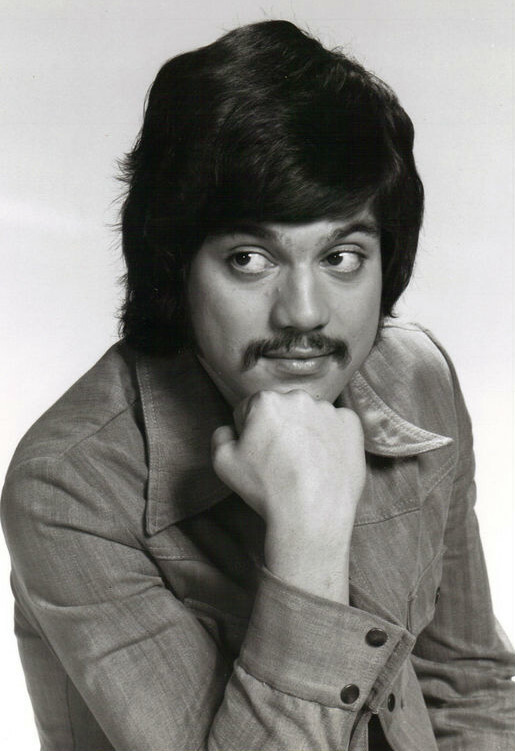Miami was shaken by an electrifying performance on March 2nd by none other than Jim Morrison, the charismatic frontman of the Doors.
Morrison’s bold actions during the concert led to a series of legal troubles, with six warrants issued against him.
These charges ranged from felony allegations of lewd and indecent behavior to misdemeanors like public profanity and drunkenness.
The potential punishment for the 25-year-old rock icon could amount to over three years in a notorious southern penitentiary.
The unfolding drama was captured in the pages of the April 5, 1969, edition of Rolling Stone, now accessible in their online archives.
Local sentiment in Dade County hinted at a severe response to Morrison’s antics.
The Miami Herald’s Larry Mahoney, a key reporter on the case, noted the fervor surrounding the controversy and speculated on the harsh treatment Morrison might face.
A significant complication arose from the felony charge, making Morrison susceptible to arrest anywhere in the United States.
Currently seeking respite in the Bahamas with his bandmates, Morrison’s return to the U.S. could trigger a new chapter in this scandalous saga.
The burning question on everyone’s minds was the extent of Morrison’s alleged lewd and lascivious acts that drew the ire of authorities in Florida.
Conflicting reports emerged about the incident, with Morrison himself unreachable for comment.
Despite attempts to downplay the incident by Doors’ manager Bill Siddons, the gravity of the situation was undeniable.
Siddons acknowledged the band’s edgy reputation but denied claims of explicit on-stage behavior by Morrison.
Nevertheless, the legal ramifications loomed large, fueled by photographic evidence from the concert.
Eyewitnesses provided varying testimonies of Morrison’s provocative actions that night.
Accounts suggested a crescendo of tension as the singer goaded the audience with rebellious rhetoric and suggestive gestures.
The concert venue, filled with over 10,000 attendees, was a cauldron of excitement that eventually boiled over into chaos.
Amidst the uproar, Morrison’s behavior teetered on the edge of incitement, with allegations of lewd conduct and attempts to foment a disturbance.
The clash between artistic expression and societal norms reached a climax when Morrison allegedly made a daring proposition to the audience, further stoking the already charged atmosphere.
As the concert spiraled out of control, Collier, the event promoter, found himself grappling with the escalating turmoil.
His intervention to restore order marked a turning point in the evening’s tumultuous events.
Morrison’s actions, though controversial, did not result in immediate arrests by off-duty police officers present at the scene.
The fallout from Morrison’s performance reverberated across Florida, triggering a cascade of reactions from local authorities and media outlets.
Calls for investigations and punitive measures underscored the gravity of the situation.
The legal system swiftly moved to prosecute Morrison, signaling a potentially bleak outcome for the rock icon.
Despite a history of run-ins with the law in various states, Morrison’s latest escapade in Miami seemed to push the boundaries to new extremes.
The aftermath of the concert left a trail of repercussions, from canceled shows to public outcry and legal wrangling.
Morrison’s artistic defiance collided with societal norms, setting the stage for a showdown between individual expression and public decency.
In the wake of the controversy, one thing became clear – Morrison’s legacy as a boundary-pushing artist was now entwined with legal jeopardy and public scrutiny.
As the dust settled on the Miami debacle, the repercussions of that fateful night reverberated far beyond the confines of the concert hall.
For all involved, it was a stark reminder of the fine line between artistic freedom and societal expectations.



